The Originals of Independence Plaza North
•••••••••••
When photographer Susan Rosenberg Jones told me back in May at the Joy Gryson/TC event that she was working on a portfolio about the original tenants still living at Independence Plaza North, where she also lives, I’m sure my eyes grew huge at the prospect of running the images.
Well, here they are! And they’re fantastic! Slate’s photography blog, Behold, first posted them, with a headline about how they’re “the changing faces of New York City.” But for me they’re more about what the city—and especially Manhattan—is losing as it changes. From Behold:
Built in the 1970s and intended for luxury rentals, the complex was ushered into the Mitchell-Lama program since few people were willing to live in Tribeca at the time. Mitchell-Lama was created to provide affordable housing for middle-income residents [….] As a result, many were artists, writers, teachers, and other working class New Yorkers. In 2004, the program ended, the building was sold, and the subsidies were removed, allowing the owners to begin renting the apartments—after quick renovations—at current market value. […] The pre-2004 tenants know that Tribeca is no longer a neighborhood for the middle class; many fear being forced out of the homes where they have lived for decades.
Even more than that, however, the images are wonderful portraits of people in environments that they’ve created over the decades. Most are of residents in 80 N. Moore (the first of the three towers to be built), and seven of these photos didn’t appear in Slate. As Rosenberg Jones keeps shooting, I hope I’ll be able to keep running the photos.
Note: The photos want to be seen larger than I can run them, so please do click on them.
UPDATE: I meant to mention something. The Slate piece included when each resident moved in (mostly the late 1970s) and his or her occupation—artist, union executive, actor, writer, bookkeeper, teacher….
•••••••••••
•••••••••••
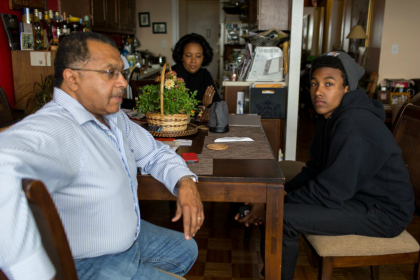 Andre, Michelle and Michael Banks
Andre, Michelle and Michael Banks
•••••••••••
•••••••••••
•••••••••••
•••••••••••
•••••••••••
•••••••••••
•••••••••••
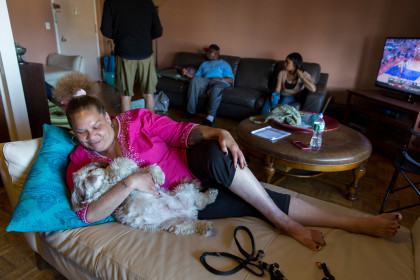 Genie Miller (daughter of Ellen, above)
Genie Miller (daughter of Ellen, above)
•••••••••••
•••••••••••
•••••••••••
•••••••••••
 Josephine and grandson Joseph Albanese (she has since passed away)
Josephine and grandson Joseph Albanese (she has since passed away)
•••••••••••
•••••••••••
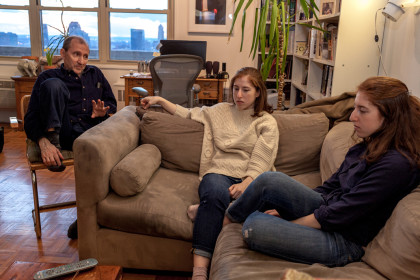 Nathan Weber and his daughters, Vanessa and Rebecca (who have since moved out).
Nathan Weber and his daughters, Vanessa and Rebecca (who have since moved out).
•••••••••••
•••••••••••
Update: Comments have been turned off due to spam. To have them turned back on, email tribecacitizen@gmail.com.







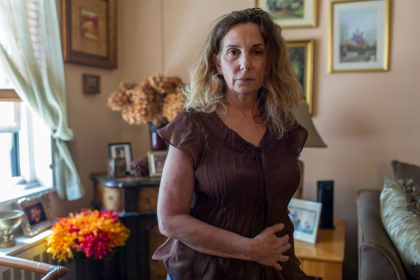
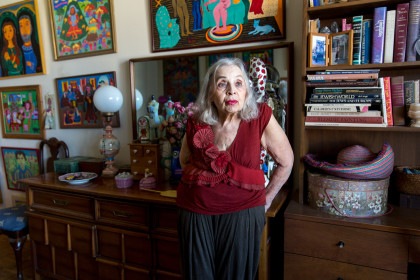
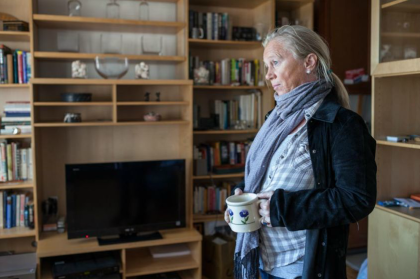
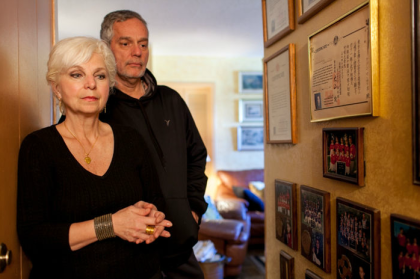
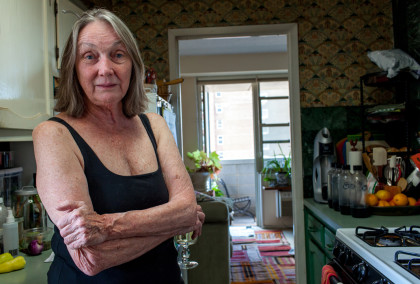
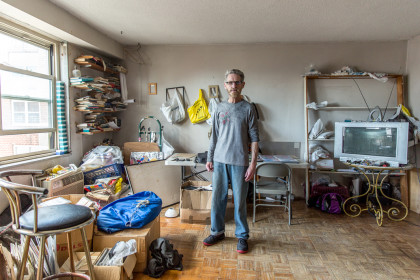
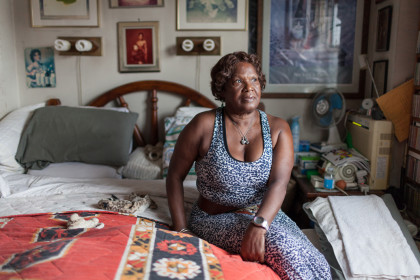
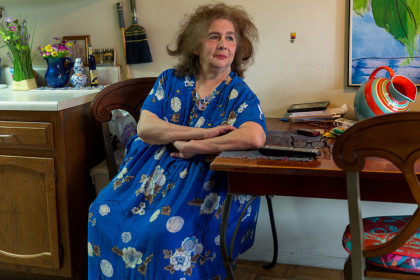
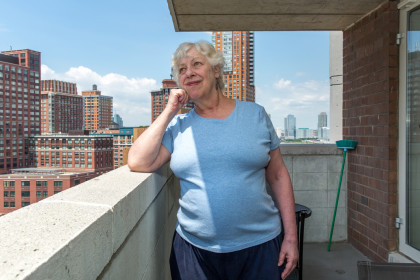
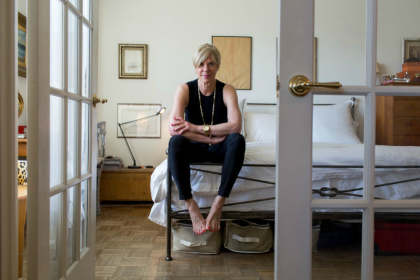
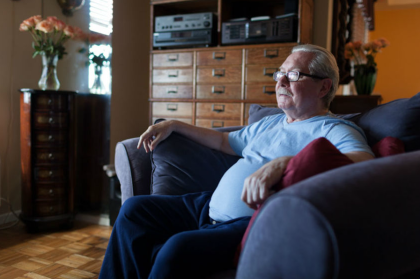

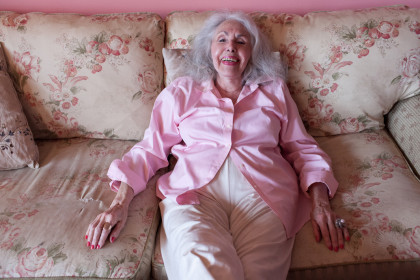






These people should be honored and cherished rather than feel fearful about their future due to our insane philosophy that housing is not a necessity but a luxury. Without the pioneers of Independence plaza, Southbridge and Gateway Plaza, there would not be a residential community thriving south of Canal Street.
I can’t express how much I loved this piece, the story is great but the photographs really bring these individual stories alive – Thank you to the photographer Susan Jones for pursuing these types of projects that tell real stories about real New Yorkers- LOVE IT!
This is my comment on the Slate feature article. I don’t know how many other tenants are here who have lived here from 1974, from before IPN became Mitchell-Lama.
Congratulations Slate. Slate is the only media I have seen that stated the history of the building accurately. Even the New York Times has reported recently that the buildings were built as Mitchell-Lama; they were not. They were built as is stated correctly here in this article as luxury rentals. In the early 1970s, Tribeca was a warehouse district, a deserted residential community, so devoid of services and residents, the luxury towers did not rent. Other than a few artists, the neighborhood had only a handful of residents. The luxury towers had a tiny handful of tenants. The high-rise towers stood empty, with in some cases no tenants or only one tenant on each floor. The then landlord solved the problem by applying to the Mitchell-Lama program. The few original tenants were given the option of moving at the landlord’s expense, or remaining in their apartment, or moving into any other apartment in the development and becoming absorbed into the Mitchell-Lama program.
In September, 1974 when I moved into IPN and lived on my floor with one other tenant for more than a year, the New York Post photographed me standing outside the building amid the construction debris. The article’s caption said, “Pioneer.” So thanks Slate for being the only media so far to report the accurate history of the building. Let’s see if in future the New York Times corrects its incorrect report. The social history of housing in the city counts, especially in a changing neighborhood like Tribeca.
Thanks for posting these wonderful photographs.
I loved this piece. I lived at 80 N More for a short time. I wish I’d lived there long enough to have gotten to know some of these tenants. It’s stories like theirs that make New York City what it is. Thanks for running this, Erik!